Foods to Eat After Colonoscopy (Nutritionist Recipes)
Most people have a colonoscopy procedure starting around age 50. It’s important to follow the prep instruction for the colonoscopy before the procedure. This article shares ideas and guidelines for what to eat after a colonoscopy including a food list and recipes.
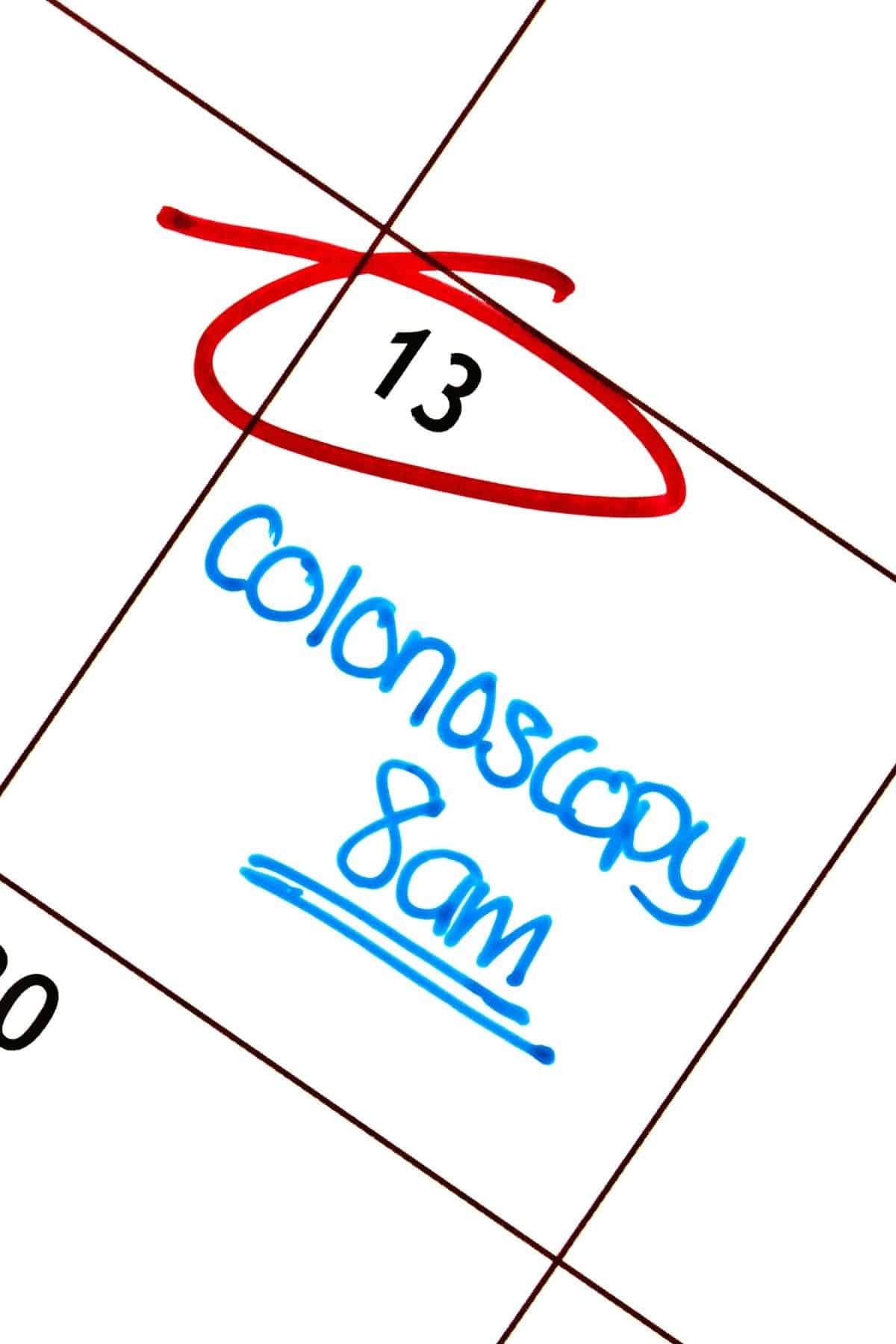
What is a Colonoscopy?
A colonoscopy is a procedure performed by your healthcare provider to examine the inside of your large intestine, which is made up of your colon and rectum.
During the medical procedure, a long, thin instrument called a colonoscope is passed into your colon. The colonoscope is a flexible tube that carries a camera and is also able to remove tissue from inside the intestine (although you won’t feel it due to the anesthesia that you will likely have before the test).
The purpose of the test is to look for any issues that may be causing bowel problems such as pain in the abdomen, bleeding, or persistent diarrhea.
The test can be used to diagnose all sorts of conditions of the digestive tract, from ulcerative colitis and Crohn’s disease to colorectal polyps and colon cancer.
The procedure may also be offered as a routine screening test for colorectal cancer or colon health once you reach the age of 50.
A colonoscopy is usually performed while you are awake, but you are sedated to keep you relaxed. Although you might feel the tiny camera going in – and experience a little bloating when air is pumped into the intestine to help your doctor see your colon walls more clearly – you shouldn’t feel any pain.
Before your colonoscopy, your healthcare provider will give you instructions on how to clear out your colon (known as a bowel prep which will result in a bowel movement). This prep is very important, as your doctor needs to see the walls of your colon clearly and even small amounts of residue could make it hard to spot any abnormalities.
Part of the process of emptying your colon and digestive system will involve eating only certain foods. Be sure to follow your doctor’s recommendation for what to eat before a colonoscopy.
You may also like my article with the best nourishing soft foods to eat after oral surgery.
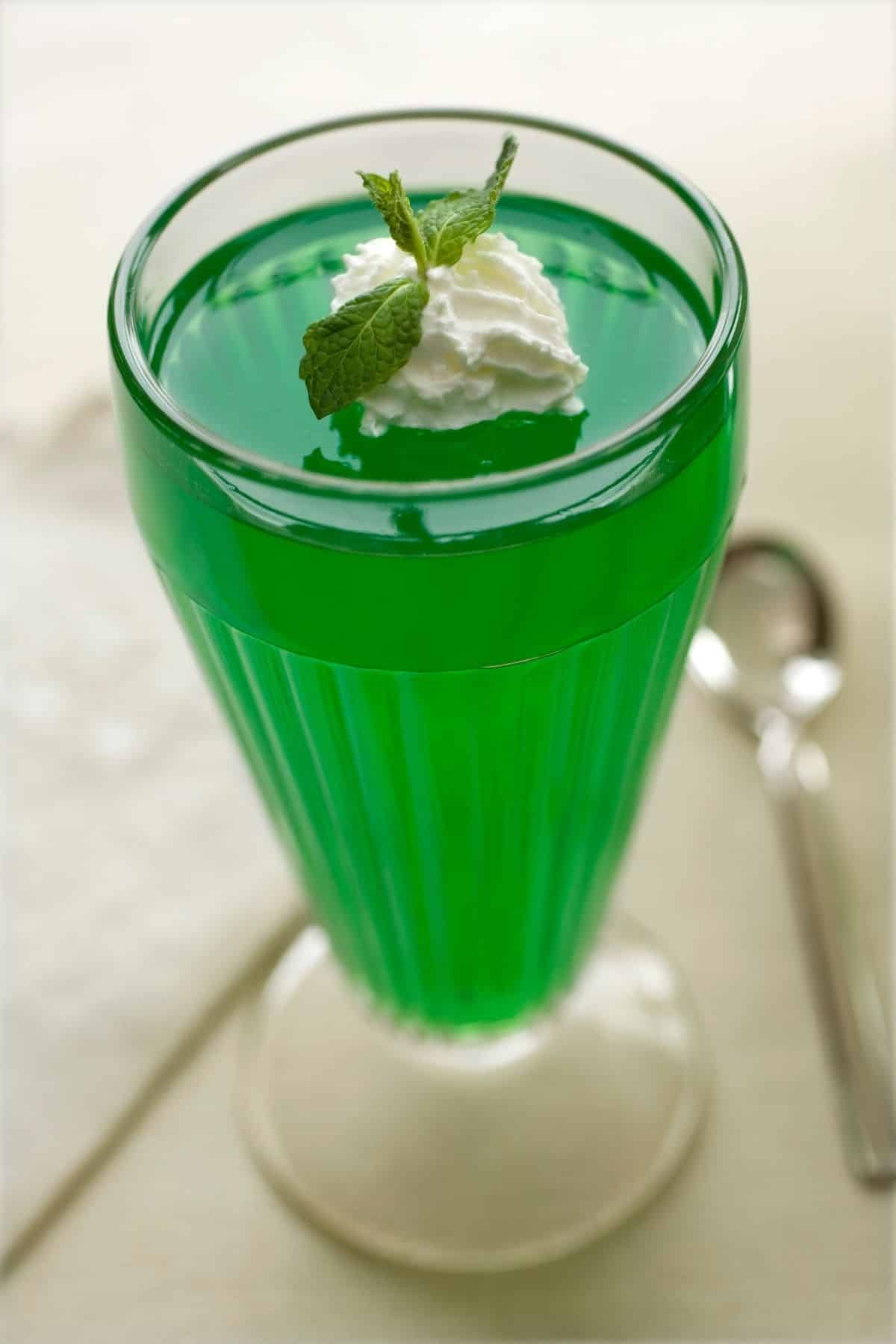
Foods to Eat Before a Colonoscopy
Whilst your healthcare provider will give you specific instructions, it is usually recommended that you only eat plain foods two days before a colonoscopy.
Foods you can generally eat before a colonoscopy include:
- white bread, rice, or pasta
- cookies made with white flour (avoid any with nuts, seeds, or dried fruit)
- low fiber cereals
- plain meat (avoid sauces)
- cooked or canned vegetables with no skin or seeds (but avoid corn, tomatoes, cabbage, Brussels sprouts, peas, squash, lima beans, and onions)
- smooth nut butters
- butter, margarine, mayonnaise, and vegetable oils
- clear soups, or strained milk-based soups
- custard, ice cream, plain pudding, sorbet, or sherbert
- Jell-O (with no added fruit – avoid any containing purple or red dye)
- drinks such as coffee, tea, hot chocolate, soda, fruit drinks or fruit juice (without pulp)
Your doctor will probably recommend that you don’t eat any solid foods at all the day before the colonoscopy. You are allowed to drink, but only certain types of drinks – usually clear liquids – are suitable.
Drinks generally okay to consume before a colonoscopy include:
- plenty of water
- black tea, herbal teas, and coffee (do not add milk or cream)
- carbonated drinks
- clear broths
Avoid drinking anything purple or red, as it can be mistaken for blood during the procedure.
You may be advised not to eat or drink anything at all after midnight the night before the exam.
Foods to Eat After a Colonoscopy
Once the colonoscopy is over, you need to make sure you replenish your stores of electrolytes and fluids, as the procedure is quite dehydrating.
Along with having plenty of fluids, your doctor will probably recommend that you have some fluid-based foods, and may suggest a soft, low-residue diet. This will include dairy and foods low in fiber because they are easy to digest and therefore gentle on your colon.
Try to keep meals light and frequent, rather than eating a lot in one go.
Good foods and drinks to choose from after a colonoscopy include:
- water
- electrolyte drinks or sports drinks
- herbal tea
- bone broth
- fruit or vegetable juices
- yogurt or other dairy products
- scrambled eggs
- soup
- white fish
- pudding
- applesauce
- graham crackers
See my recipes for Instant Pot Vegetable Broth, Crockpot Applesauce, or my list of anti-inflammatory vegetable juices. I also have a whole index of healthy soups and stews that you can choose from.
Essentially, for at least the first day after the procedure, you’ll want to focus on light meals with bland foods that are easy on your system.
Steer clear of things that are hard to digest and likely to make you feel bloated or gassy, such as:
- nuts, seeds, or popcorn
- spicy foods
- corn or beans
- broccoli, cauliflower, or cabbage
- garlic
- alcohol
- fried food or other fatty foods
- tough, gristly meat
- high-fiber foods
You can also ask your doctor what he or she specifically recommends eating after a colonoscopy. You may also be advised to rest and take it easy for a day or two after the procedure.
As long as you give yourself some time to recover, you should be able to eat normally and perform normal activities within a day or so.
Best of all, you’ll know that you’ve gotten through your colonoscopy and you can pat yourself on the back for getting through it.
Recipes to Eat After a Colonoscopy
Here are some easily digestible foods and recipes that you may consider during your recovery process after a colonoscopy.
Always speak to your healthcare provider if you have questions about specific ingredients or for a list of foods that you need to avoid.
Carrot Ginger Lentil Soup (Instant Pot or Stovetop)
Here is a rich and flavorful Carrot Ginger Lentil Soup that includes plant-based protein from the lentils. This is a great lunch recipe on cold days. The leftovers are delicious too.
Instant Pot Vegetable Broth
Instant Pot Vegetable Broth is a budget-friendly, wholesome, and simple way to make stock. Use whole vegetables or veggie scraps and a few simple seasonings. Once you’ve had homemade stock, you’ll never choose the boxed version again.
Dairy-Free Potato Soup (Instant Pot or Stovetop)
This Dairy-Free Potato Soup tastes like a loaded baked potato, but with no cream. This healthy and satisfying recipe can be made in the Instant Pot or on the stovetop.
Panera Chicken Noodle Soup (Copycat)
If you’re craving the warm and nourishing comfort of Panera Chicken Noodle Soup, try this copycat version! This healthy recipe is made dairy-free with a gluten-free option.
Slow Cooker Ham and Potato Soup
This comforting Slow Cooker Ham and Potato Soup is a great meal on a cold day. Set the Crockpot in the morning and then enjoy your creamy soup for dinner that evening. The leftovers are fantastic too!
Zucchini Potato Soup
What do you do when you have too much zucchini? You can make this delicious soup that is hearty and filling. It’s perfect for those who are looking for a healthy and easy meal. This soup is gluten-free, vegetarian, and vegan-friendly.
How to Make Mint Tea with Fresh Mint (Hot or Iced)
Here’s how to make mint tea with fresh mint either hot or iced. This inexpensive recipe is healthy, tasty, and comforting to the digestive system. Try this caffeine-free recipe after your next meal and enjoy the refreshment.
Instant Pot Shrimp & Rice
This easy one-pot meal is perfect for busy weeknights. You only need 20 minutes to get dinner on the table. The leftovers are great too!
Instant Pot Chicken Thighs and Potatoes
This recipe for Instant Pot Chicken Thighs and Potatoes is a hearty one-pot meal. Serve this on busy weeknights or for a nice Sunday dinner. The leftovers are great for later in the week.
FAQs
Whole grains are a good source of fiber, which is beneficial for your digestive health. However, immediately after a colonoscopy, your digestive system may be sensitive or inflamed, and high-fiber foods can sometimes be harder to digest. Therefore, it is often advised to start with low-fiber foods and gradually increase the fiber content over a few days.
Typically, a clear liquid diet is recommended in the immediate post-colonoscopy period, followed by a low-fiber diet for a few days.
Once you have successfully transitioned to a low-fiber diet without any complications, you can begin introducing whole grains slowly. Examples of whole grains include whole wheat bread, brown rice, whole grain bread, quinoa, oatmeal, and whole grain pasta. White rice may be easier to digest than brown rice.
The timing for reintroducing fruits and vegetables after a colonoscopy may vary depending on individual circumstances and the instructions provided by your healthcare provider.
Initially, you may be instructed to avoid raw fruits and vegetables, as they are high in fiber and can be more challenging for your digestive system to handle immediately after the procedure. Instead, you may be encouraged to consume cooked or canned fruits and vegetables, which are typically easier to digest.
The duration of the modified diet after a colonoscopy can vary depending on factors such as the reason for the procedure, any findings or interventions during the colonoscopy, and individual factors. It is essential to follow the specific instructions and recommendations provided by your healthcare provider.
In many cases, a modified diet is followed for a short period to allow the digestive system to recover. The immediate post-colonoscopy period often involves a clear liquid diet, followed by a gradual reintroduction of low-fiber foods. This phase typically lasts for a few days to a week, but it can vary.
More Healthy Resources You Might Like
Conclusions
Some people feel a little intimidated at the thought of a colonoscopy, but it is an important procedure to have as it can spot early signs of potential problems or help diagnose anything that’s currently causing you discomfort. Eating foods that are kind to your bowel for the next couple of days will help you recover quickly, so you will soon be back to enjoying your regular diet.
Don’t forget to join my newsletter list to get exclusive clean eating recipes and tips. The newsletter is 100% free with no spam; unsubscribe anytime.
About the Author: Carrie Forrest has a master’s degree in public health with a specialty in nutrition and is a certified holistic nutritionist. She is a top wellness and food blogger with over 5 million annual visitors to her site. Carrie has an incredible story of recovery from chronic illness and is passionate about helping other women transform their health. Send her a message through her contact form.
Note: this post is for informational purposes only and is not intended as medical advice. Please consult your healthcare provider for recommendations related to your individual situation.


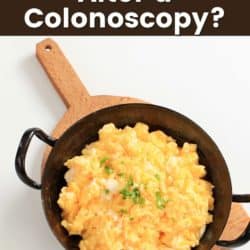
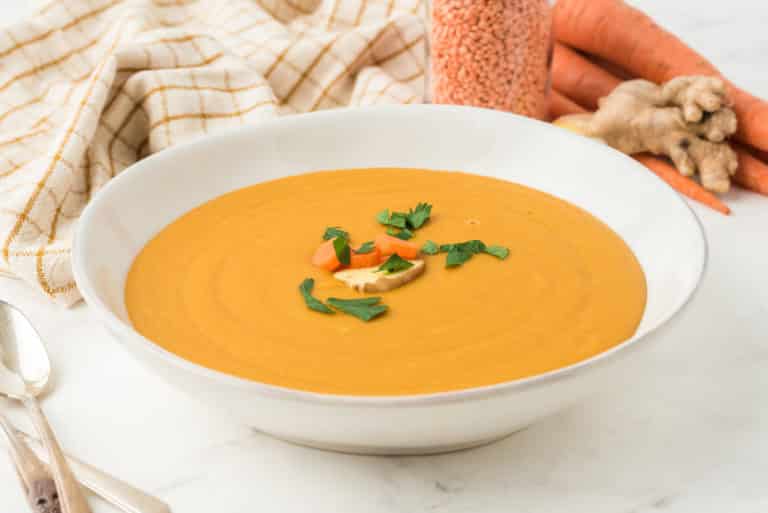
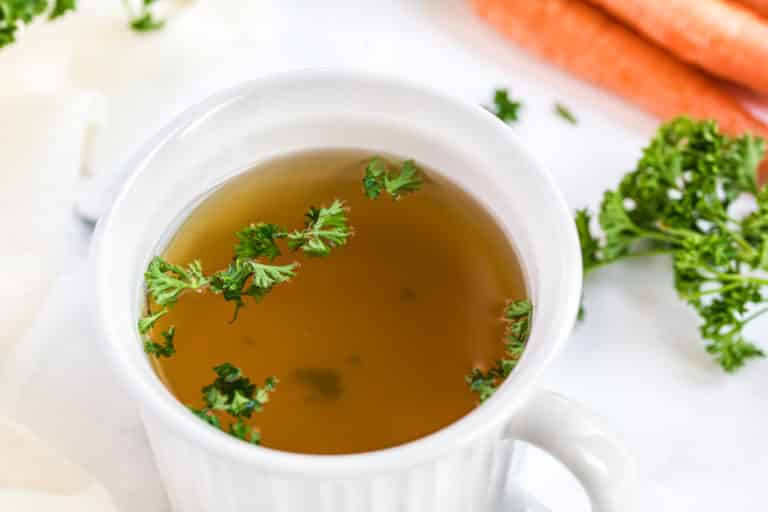

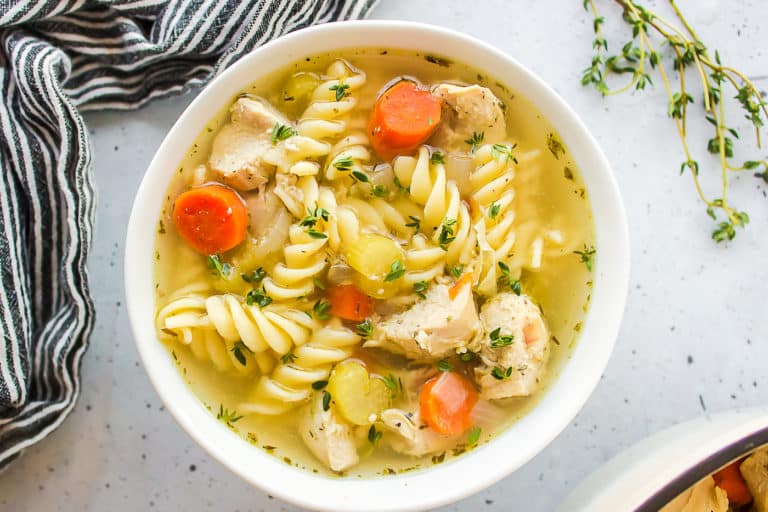
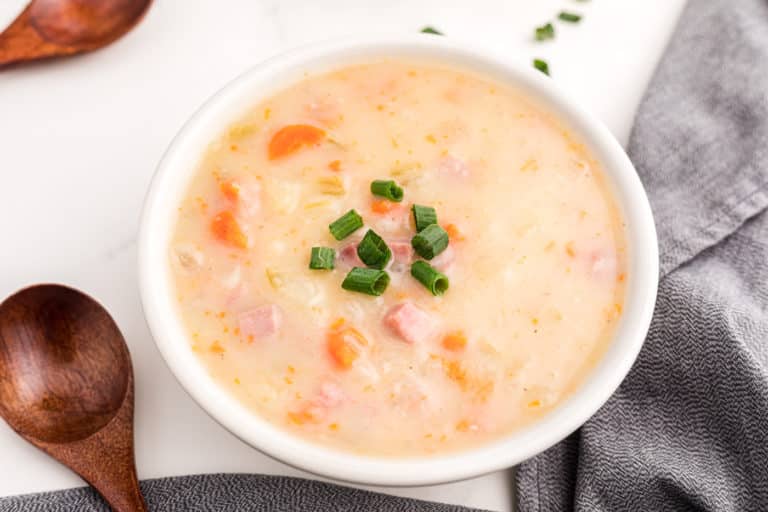
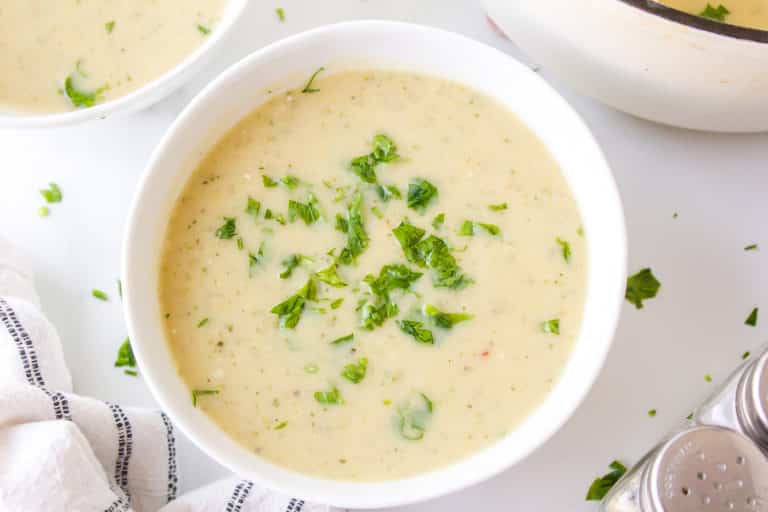
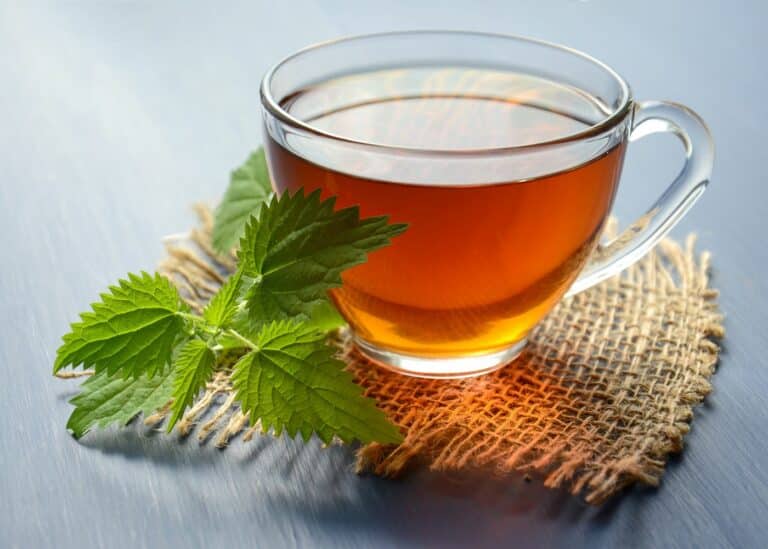
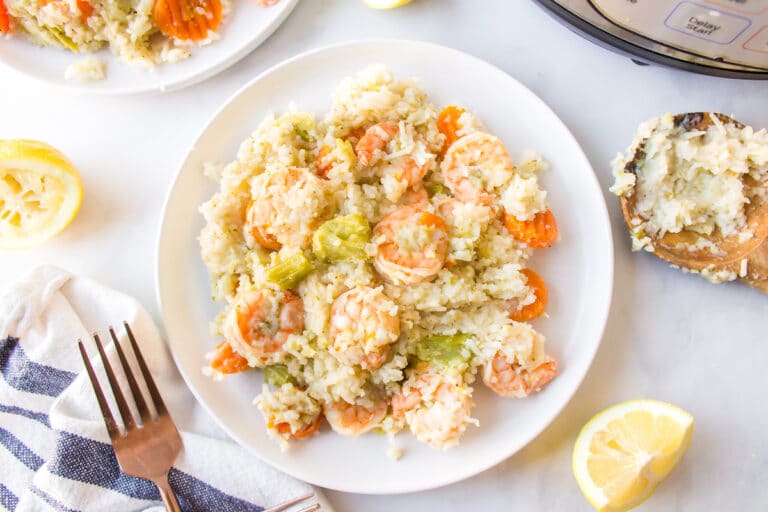
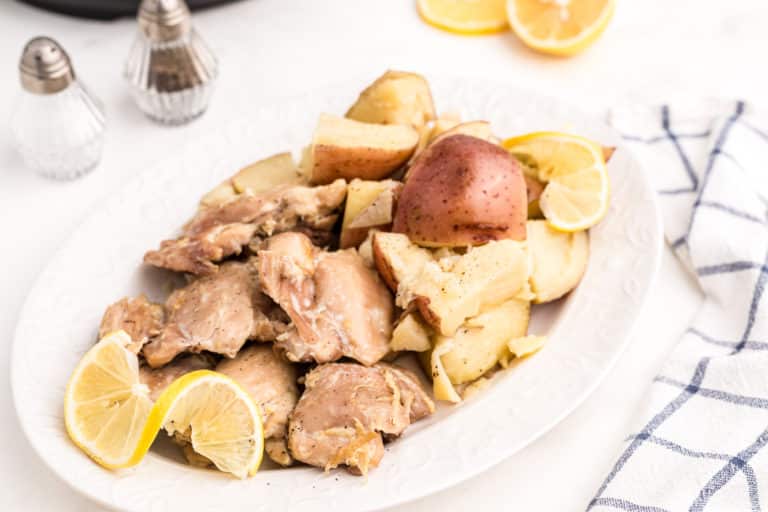
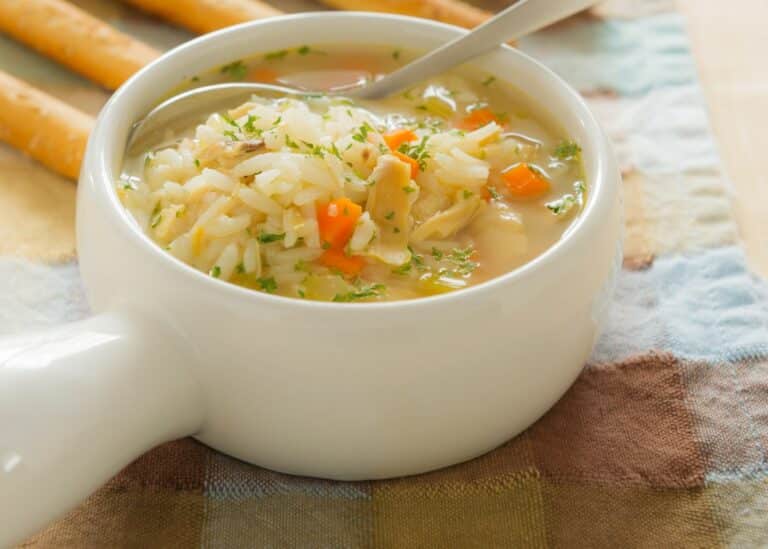


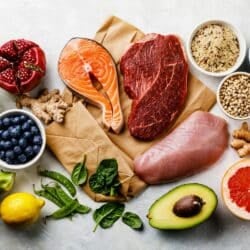
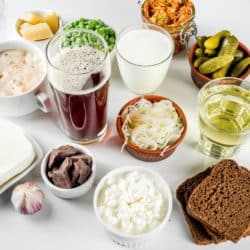


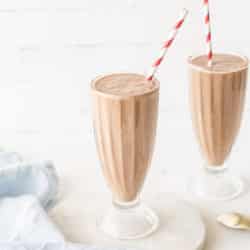
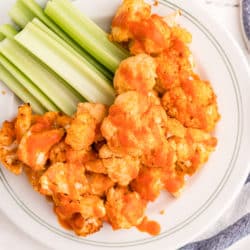
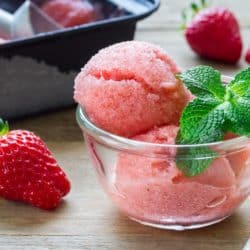
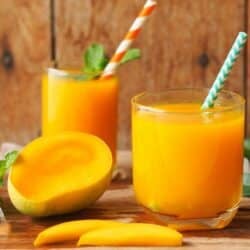







This is so helpful, Carrie! Such a clear, concise explanation and I love that you’ve shared some relevant recipes. Thank you!
So glad it was helpful!